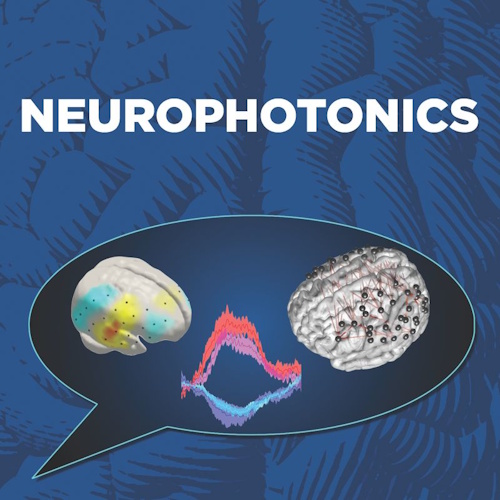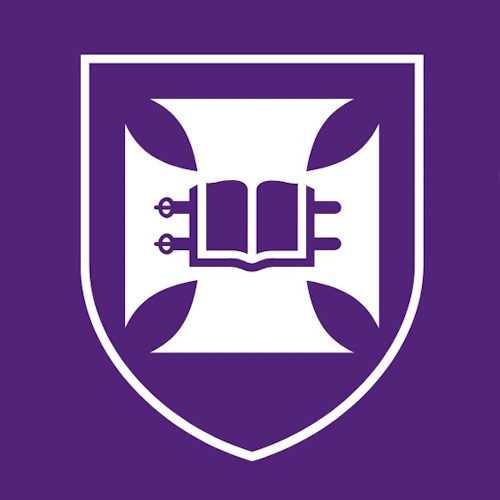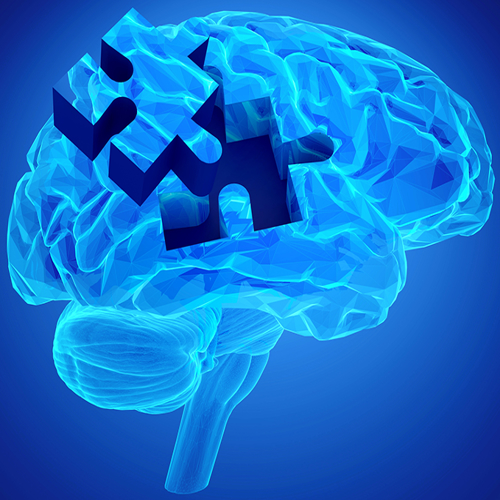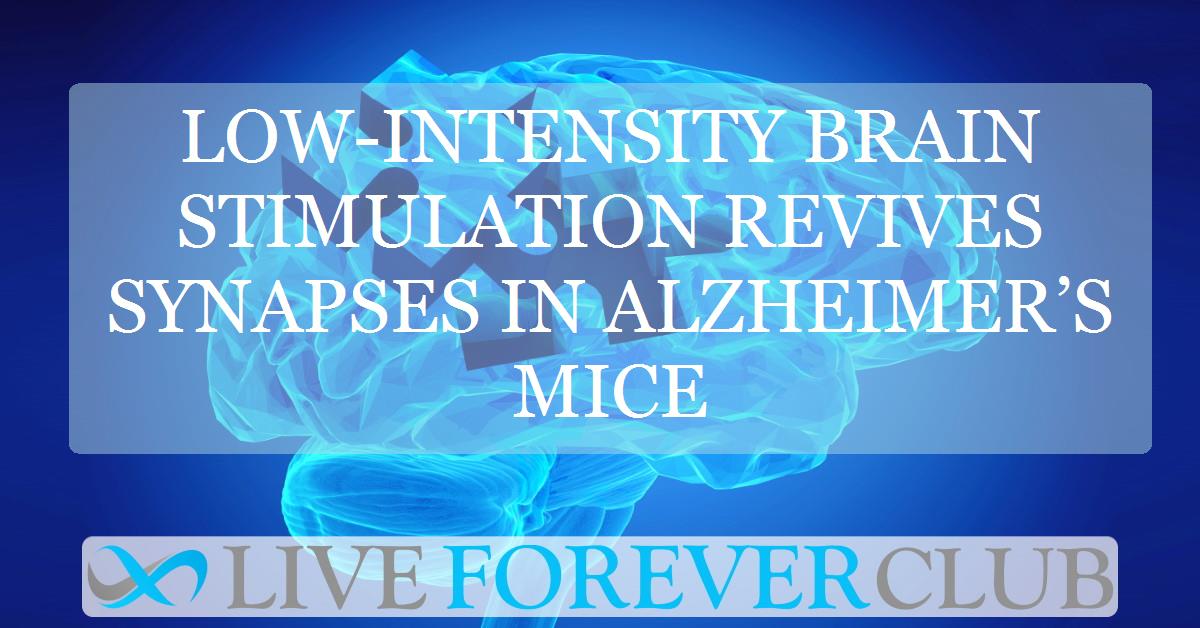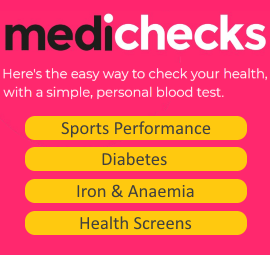Key points from article :
A new study led by Dr. Barbora Fulopova from the University of Queensland, published in Neurophotonics, explores how low-intensity repetitive transcranial magnetic stimulation (rTMS) could help restore neuron health in Alzheimer’s disease (AD). AD is marked by a decline in synaptic plasticity, the brain's ability to form and adapt connections between neurons. This loss contributes to worsening memory and cognitive function over time. While rTMS has already been explored for neurodegenerative conditions, its specific effects on the synaptic structures involved in AD were previously unclear.
To investigate this, researchers used live two-photon imaging in genetically modified mice that mimic human Alzheimer’s pathology. They tracked changes in axonal boutons—tiny structures where neurons form connections—before and after a single session of rTMS. The study revealed that in the AD mouse model, "terminaux boutons" (TBs) showed significantly increased turnover following rTMS, restoring levels to those seen in healthy mice. However, "en passant boutons" (EPBs) did not respond, suggesting that rTMS may selectively affect certain types of neural structures.
The most dramatic increase in synaptic activity was observed two days post-stimulation, with an 88% increase in healthy mice and a 213% increase in the Alzheimer’s model, though this effect diminished by day eight. These findings suggest that rTMS can temporarily rejuvenate synaptic activity in Alzheimer’s-affected brains, especially in regions involved in local neural communication.
This research is the first to show presynaptic bouton responsiveness to rTMS in both healthy and AD-model nervous systems. Although further studies are needed to understand long-term effects and clinical translation, the work provides compelling evidence that noninvasive brain stimulation could become a valuable tool in future Alzheimer's treatment strategies.
